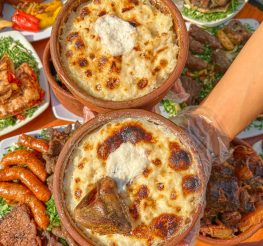Reconnect with Egypt’s Traditional Crafts: 5 Heritage Hobbies & Where to Find Them
Arabesque Arabic Calligraphy Bayt Al Sinnari Craft Workshops in Egypt El-Azhar Park Embroidery Fustat Khayamia pottery Traditional Crafts Egypt Tunis Village weaving Wood Inlay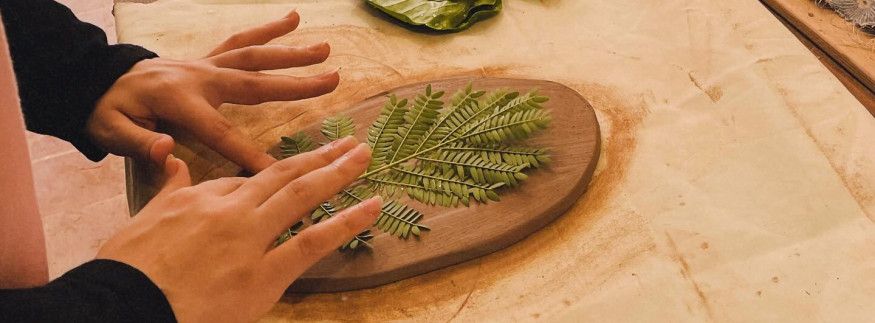
Sarah Francis
Image via website
In a world driven by fast technology and digital consumption, many Egyptians are rediscovering the joy of slow, hands-on heritage hobbies. Crafts like calligraphy, weaving, and pottery, once central to everyday life, are making a comeback among younger generations eager to reconnect with cultural roots and create with their hands.
These traditional skills are no longer confined to history books or museum displays. From the alleyways of Old Cairo to artist villages in Fayoum, Egypt offers workshops and creative spaces that provide a chance to learn, practice, and preserve these age-old arts.
1. Calligraphy in Bayt Al-Sinnari
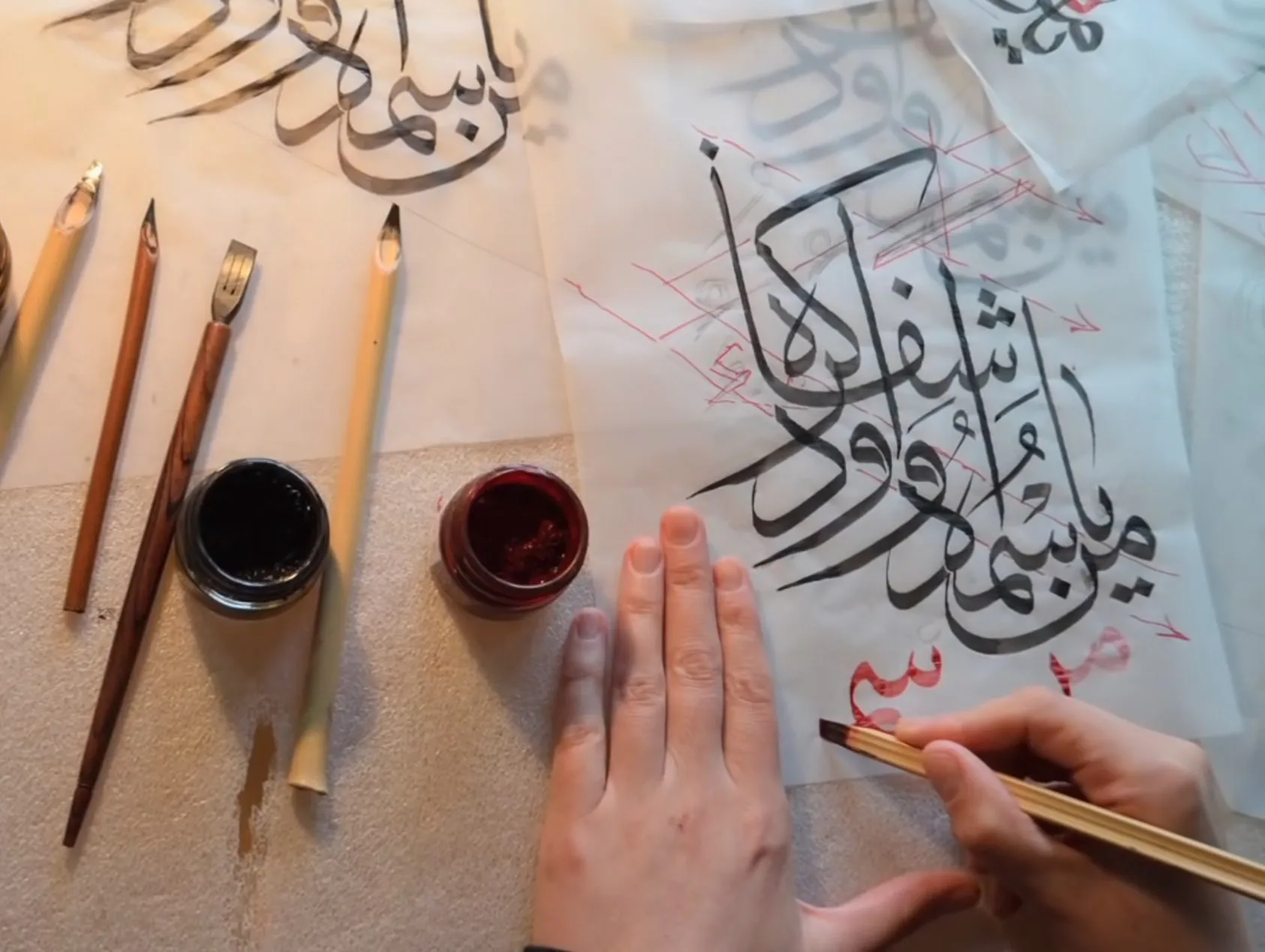
Image via website
Arabic calligraphy isn’t just beautiful; it’s a living art form rooted in history, poetry, and spiritual expression. As digital fonts take over everyday communication, many Egyptians are returning to the brush and ink as a meditative escape and a way to honour the elegance of the written word.
Bayt Al-Sinnari, located in Sayeda Zeinab in Cairo, is a restored Ottoman mansion that has been turned into a cultural hub. It regularly hosts workshops in traditional and modern Arabic calligraphy. Beginners and experienced artists alike can explore Diwani, Naskh, or Kufic scripts under the guidance of master calligraphers.
2. Weaving in Tunis Village

Image via website
Weaving has been part of Egypt’s identity since Pharaonic times. In today’s context, it offers both an artistic outlet and a return to mindful creation. Whether it’s hand-woven kilims or palm-leaf baskets, the rhythmic process of weaving is both grounding and expressive.
Tunis Village in Fayoum is known for its artisanal revival. Once a sleepy lakeside hamlet, it’s now home to weaving cooperatives and textile workshops where visitors can learn how to loom their own pieces using traditional patterns and natural dyes.
3. Pottery in Fustat
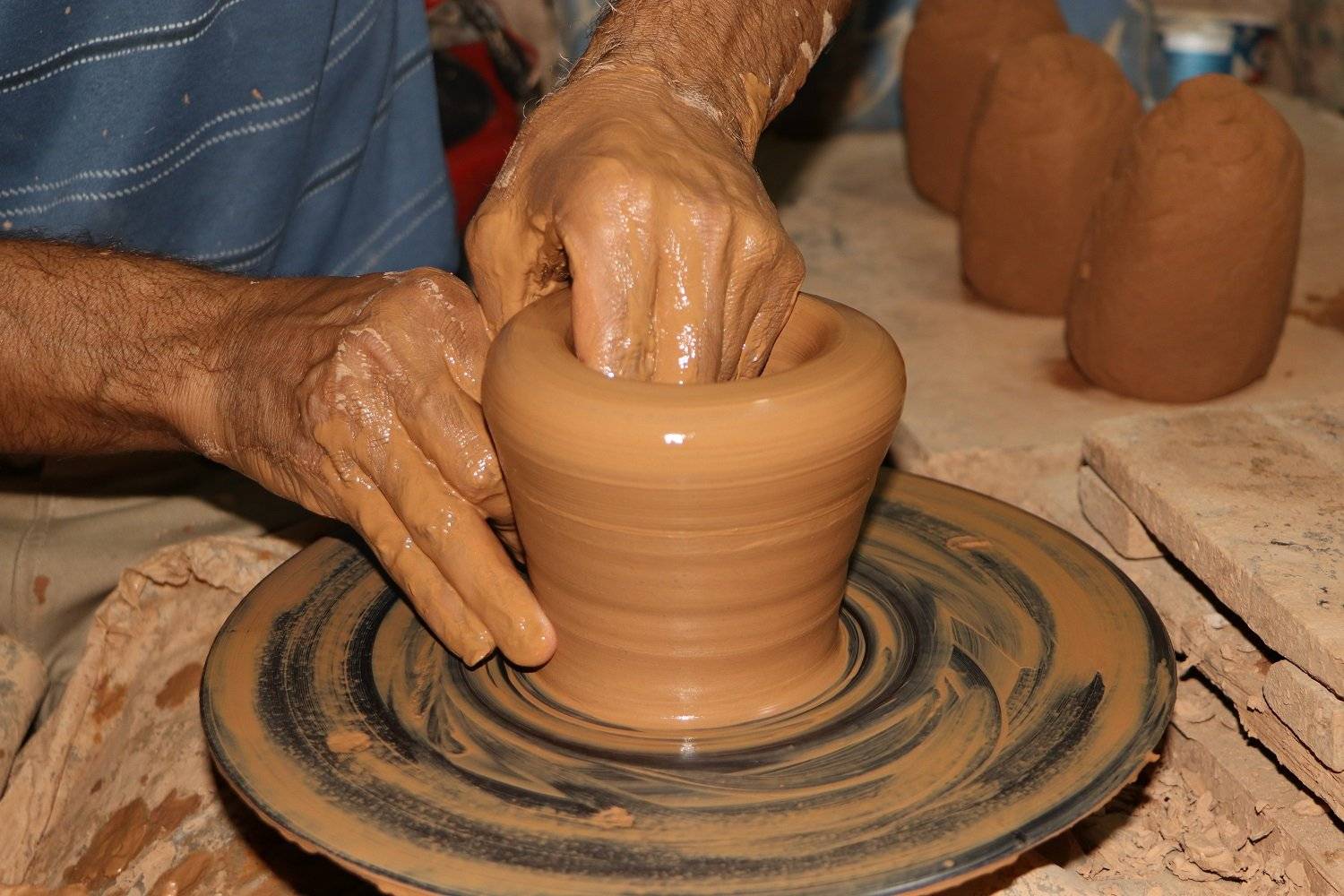
Image via website
There’s something deeply satisfying about moulding clay with your hands, watching it transform from a formless lump into a vase, cup, or sculpture. In Egypt, pottery is more than a hobby; it’s part of a 7,000-year-old legacy that continues in towns like Garagos, Fayoum, and Old Cairo.
At the Fustat Traditional Crafts Centre near the Mosque of Amr ibn al-As, pottery classes are open to the public. Participants can throw clay on the wheel, explore glazing techniques, and create pieces inspired by Nubian, Islamic, or Coptic motifs.
4. Embroidery in Al-Azhar Park
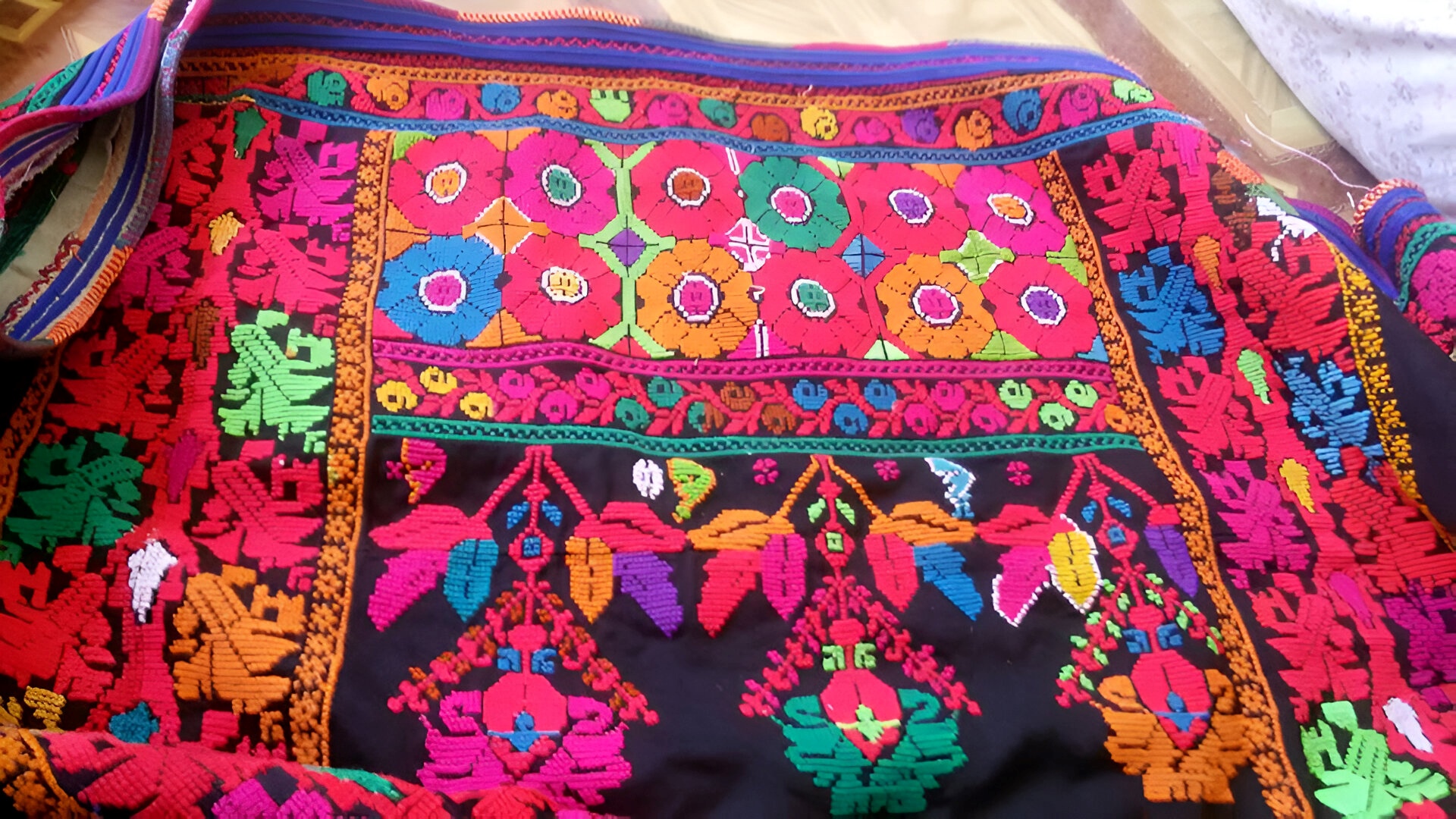
Image via website
From Sinai’s tribal beadwork to Upper Egypt’s cross-stitch patterns, embroidery has long been a form of both decoration and storytelling. Today, it’s being reclaimed by young designers and hobbyists who value slow fashion and hand-crafted expression.
At Al-Azhar Park’s craft studio, embroidery workshops offer hands-on training in various regional techniques. Whether stitching a tote bag or reviving old clothing, this hobby reconnects you to Egypt’s textile history, thread by thread.
5. Wood Inlay and Arabesque Carving in Khayamia
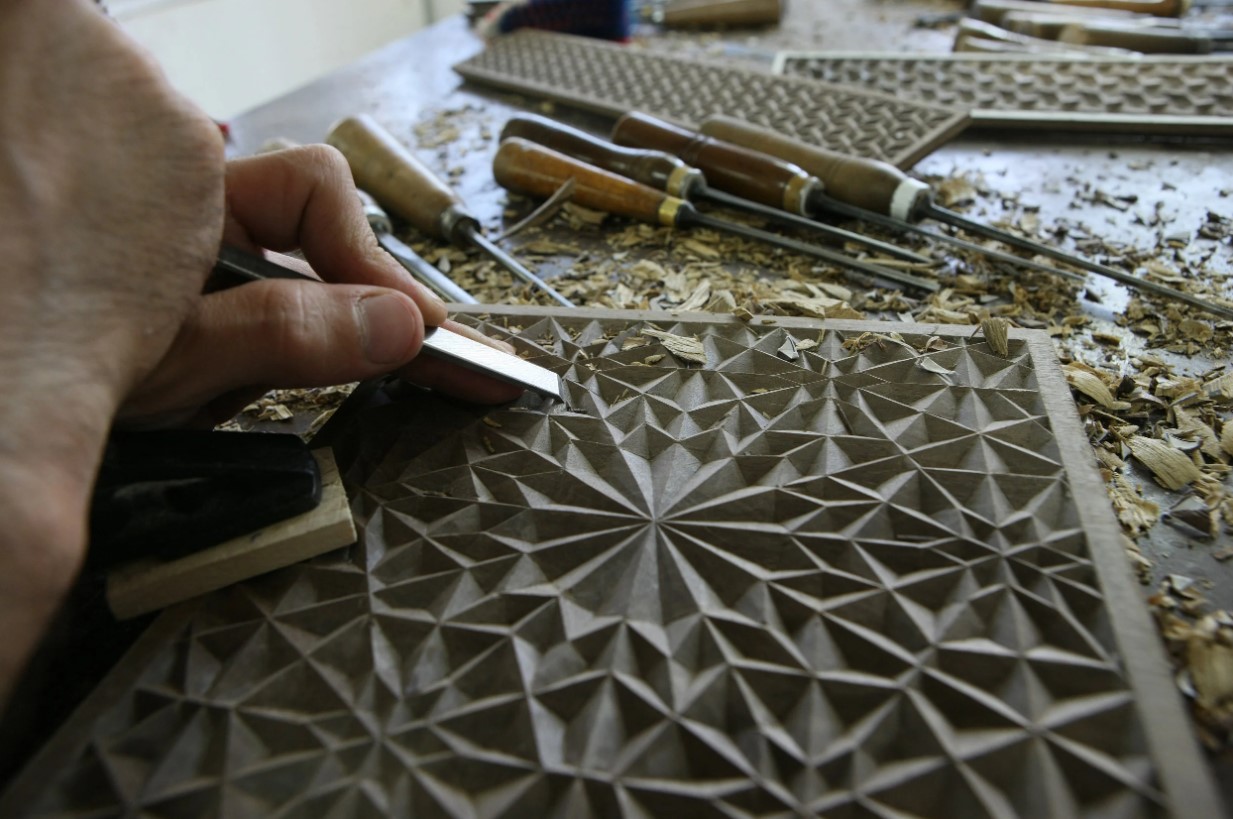
Image via website
Arabesque patterns and marquetry (wood inlay) are some of the most visually striking crafts from the Islamic world. Practising these intricate designs teaches balance, geometry, and an eye for detail.
On Khayamia Street, behind Bab Zuweila, you’ll find old-school artisans who still carve by hand and decorate furniture, boxes, and panels with inlaid mother-of-pearl or camel bone. Some shops offer short training sessions or custom carving experiences.
recommended
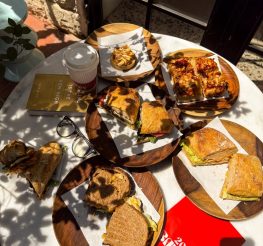 Cafés
Cafés
Bakeries in Maadi: 5 Spots for Winter Cravings and Baked Comfort
204 Bakery & Coffeehouse Bakeries in Maadi +6 City Life
City Life


